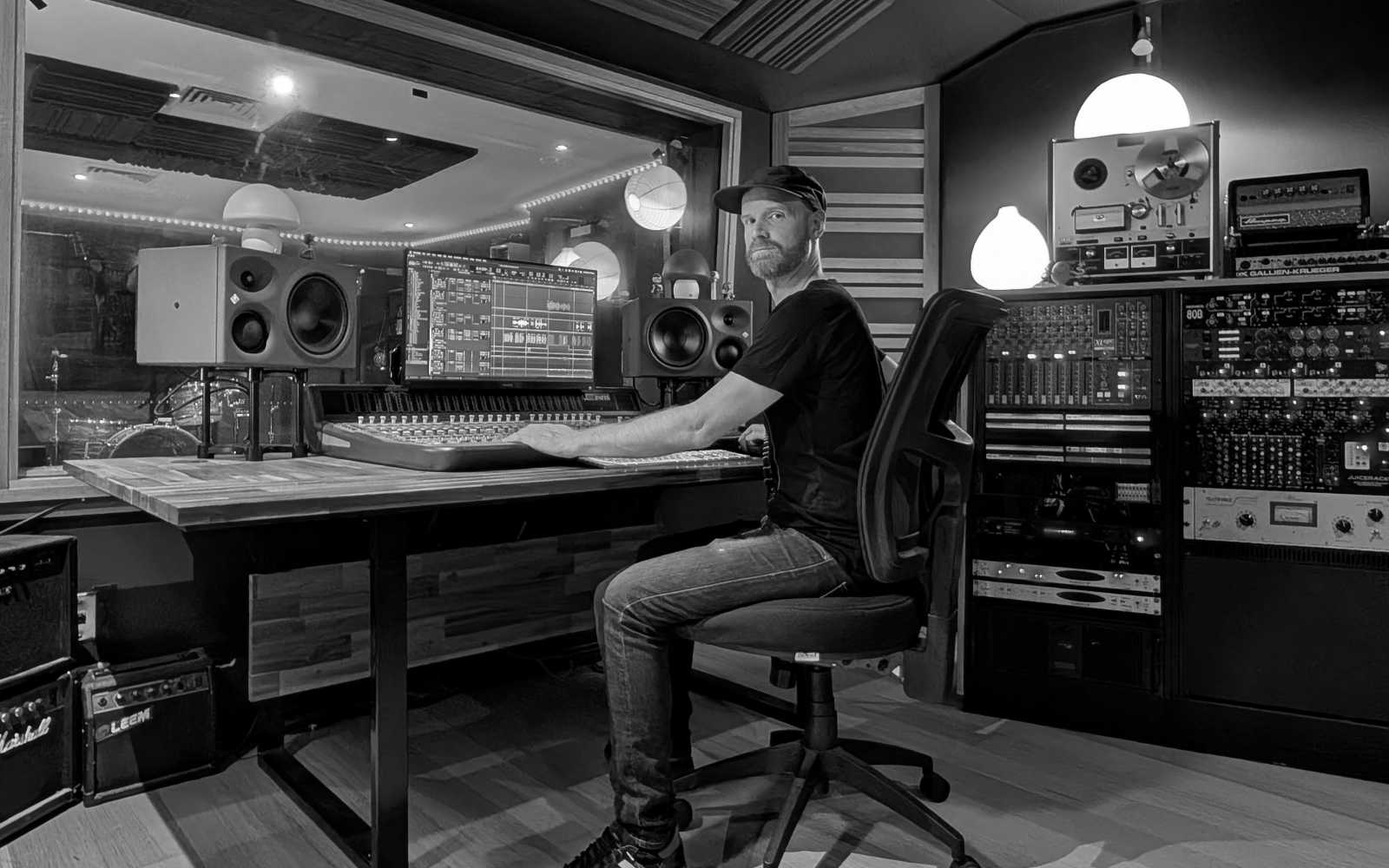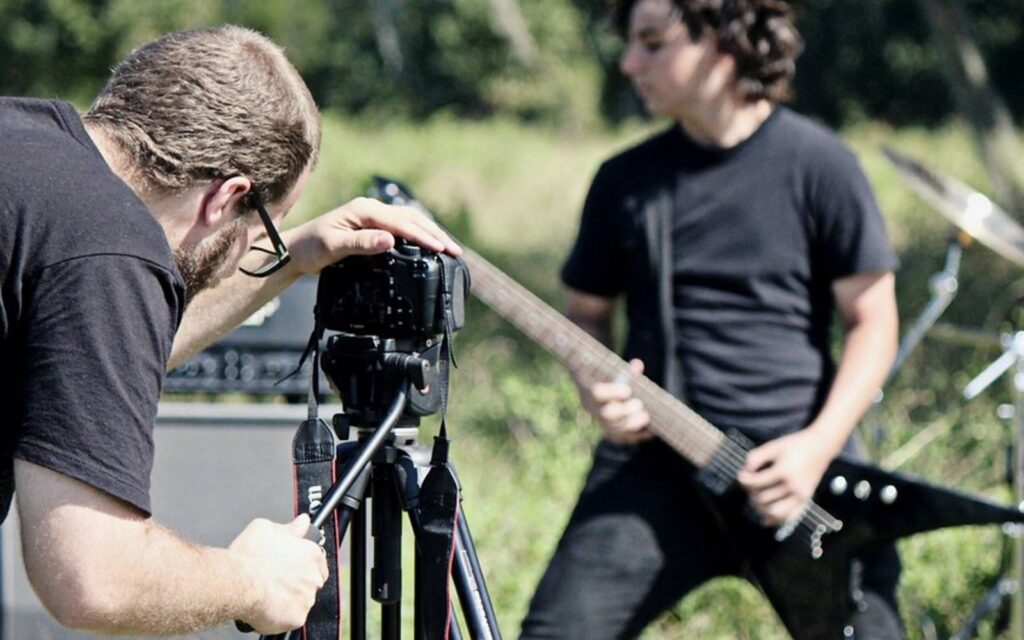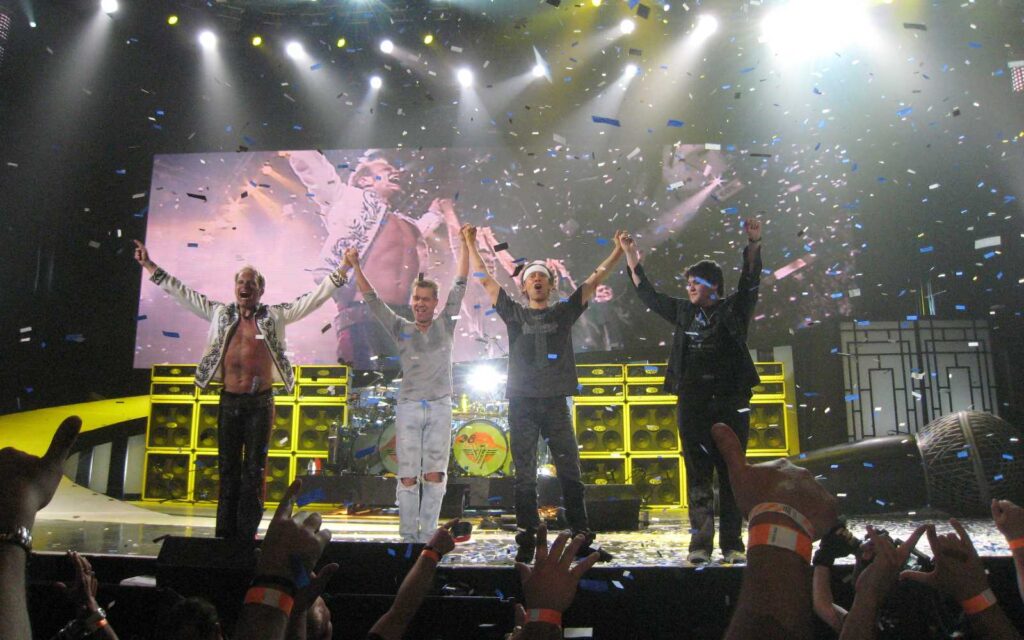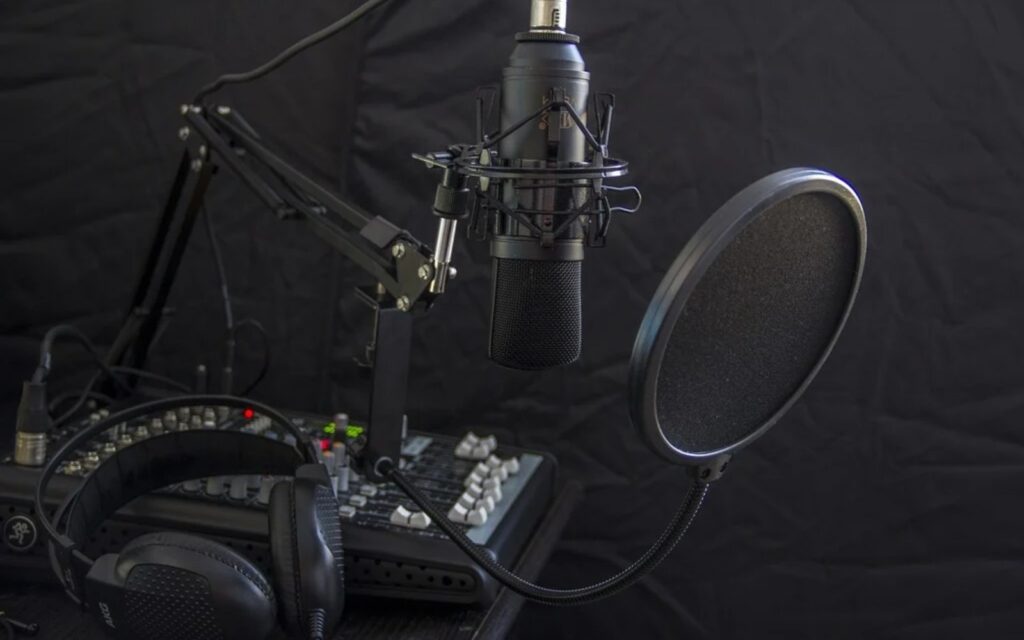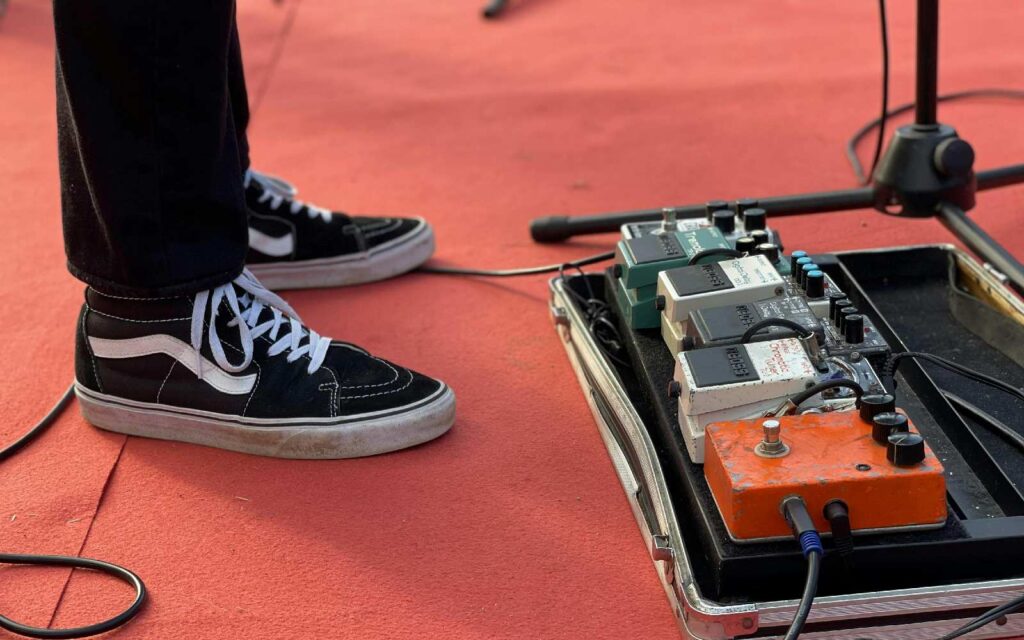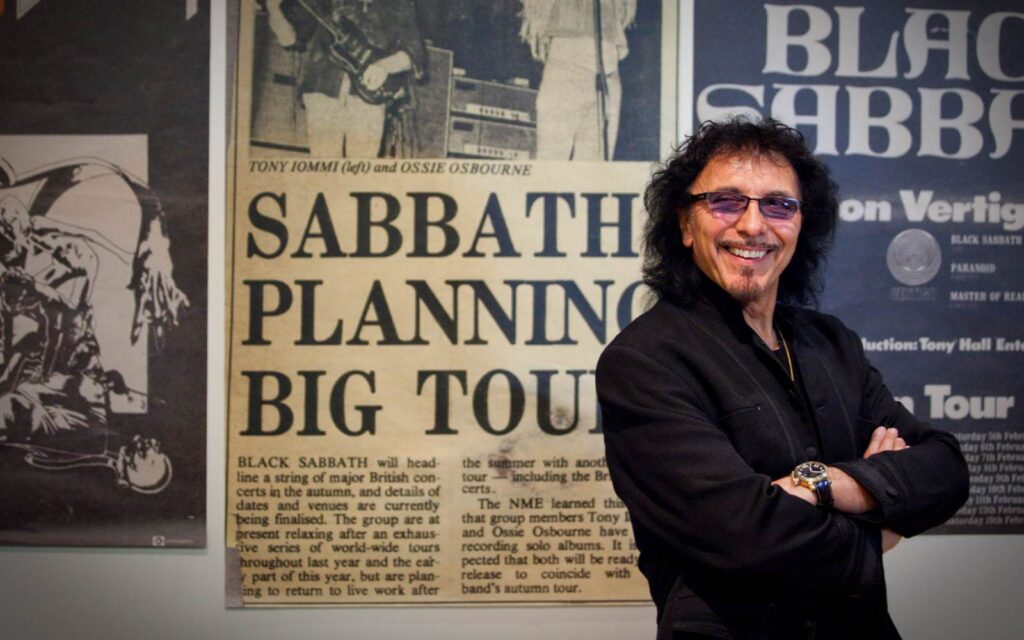Ben, thanks for taking the time! The lines between producer, engineer, studio owner and mixer are all pretty blurred. How do you define what you do at Everland Studios?
Yeah, the lines are definitely blurred these days, and honestly, that’s part of what I love about the work. I’m a producer and mixer at heart, but I also engineer almost all of the sessions at Everland.
I think of my role as being whatever the music needs—sometimes that’s capturing a great performance cleanly and efficiently, other times it’s about helping artists shape a vision from the ground up. Owning the studio just gives me the freedom to do that without compromise.
Sydney Recording studio
You’ve been in your current space for about a decade and employ a hybrid workflow. How are you integrating your collection of analogue gear into production, recording and mixing?
Yep, I’ve had Everland for 12 years now. The hybrid setup really is the best of both worlds. I like using analogue gear during the recording process where it adds character or flavour—I do a lot of compression and EQ on the way in, particularly when recording drums—but I rely on the flexibility and precision of the DAW for arrangement, editing and automation.
These days I mix almost entirely in the box although occasionally I’ll send a certain element out to an analogue EQ or compressor and record it back into the session. I also like using the C24 control surface for automation rides etc. as it keeps things feeling tactile.
Read all the latest features, lists and columns here.
Is there a piece you find yourself reaching for every session?
Definitely. For tracking vocals, I almost always end up using my Daking FETIII compressor— it’s super clear and if the vocalist is very dynamic, I can compress quite hard without it sounding squashed. In terms of mics, my sE Electronics RN17’s are a go-to for drum overheads— they really capture every detail of the kit and have a great off-axis sound.
For mixing, you’d be hard pushed to find a mix where I haven’t used Sound Toys Decapitator or oeksound Soothe 2. Soothe is such a useful tool for cleaning up the low-mids or getting rid of a little harshness in whatever source.
Can you give us a quick rundown of your main studio staples?
Sure— the DAW is the latest version of Pro Tools running on a custom-built Mac.
Monitoring is through a pair of Neumann KH310’s and I have a Digidesign C24 controller, which is great to be able to grab faders quickly while tracking without having to reach for the mouse.
Pre-amps include Neve 1073LBs, API 3124+, Millennia Media, Rupert Neve 511 and Trident 80Bs.
I have mics from Beyerdynamic (M88s, M69), AKG (414s, C451), Peluso (2247) amongst others, as well as some ‘fun’ mics like a Telefunken MD21 and a Shure Green Bullet.
There are a couple of drum kits available for use too— a Pearl Masters 22/10/12/16 and a Gretsch 24/12/13/16. There’s also a choice of snares and cymbals.
What makes Everland Studios such a special place to make music?
I’ve tried to make the space feel as relaxed and welcoming as possible. I’ve been in other studios that feel very clinical, with lighting that makes it feel like you’re recording in a supermarket, so I didn’t want that for Everland. I wanted it to feel a bit like you’re recording in a living room, albeit a beautiful-sounding living room. To that end I’ve decorated it as I would my home and there’s a big bookcase with lots of knick-knacks, books and magazines, as well as a tonne of weird little percussion instruments.
As a producer/engineer, clients often comment on how laid-back I am, which is great. Recording can be stressful enough without the engineer adding to that. I’m sometimes stressed on the inside but I guess I have a good poker face!
Can you describe the studio layout a bit?
Everland has a comfortable control room with a flat frequency response for mixing. I use Sonarworks to take care of a couple of dips and bumps in the low end but it’s not doing more than 3dB changes, so yeah, pretty flat!
The live room is about 6m x 4m and can comfortably accommodate a 4-5 piece band. It has floating floors and great isolation. I love the way drums sound in that room and many drummers have said the same thing. Gobos can be moved around to create a more ‘dead’ space for tracking vocals. I’ve also recorded string quartets a number of times and that has sounded amazing. The room just seems to work for most sources.

In addition, there are two small amp booths, which allow a full band to record together ‘live’ whilst maintaining complete sonic isolation. Or, you can put all the amps in the live room and go use the bleed as I’ve done on a couple of occasions.
Are there any standout moments in Everland Studios’ history?
A little while back, I recorded drums with Ben Gilles from Silverchair. He brought in this beaten-up old Pearl kit – I think it might have been a Pearl Vision(!) – which apparently was the one he used on their first single ‘Tomorrow’. It was pretty cool to have that piece of Australian rock history in the live room although I don’t think the heads had been changed in about 20 years! On a different session I also recorded vocals with Daniel Johns so I just need Chris Joannou to come through on bass to complete the set.
Nick Oliveri, who was the original bass player in Queens of the Stone Age, also dropped by when he was on tour in Australia in 2019 to lay down some bass for a project he was working on called The Black Armada.
Honestly though, the best thing is hearing a great song from a new, independent band or artists and helping them to bring their music to life.
For more info, keep reading at Everland Studios’ website, or follow them on Instagram here.
